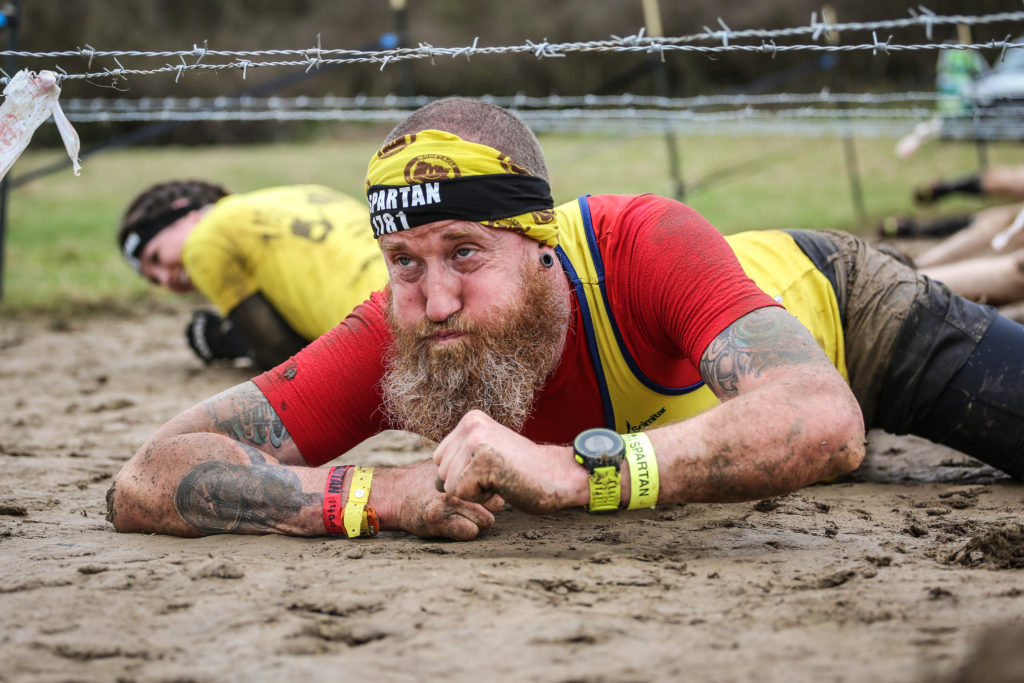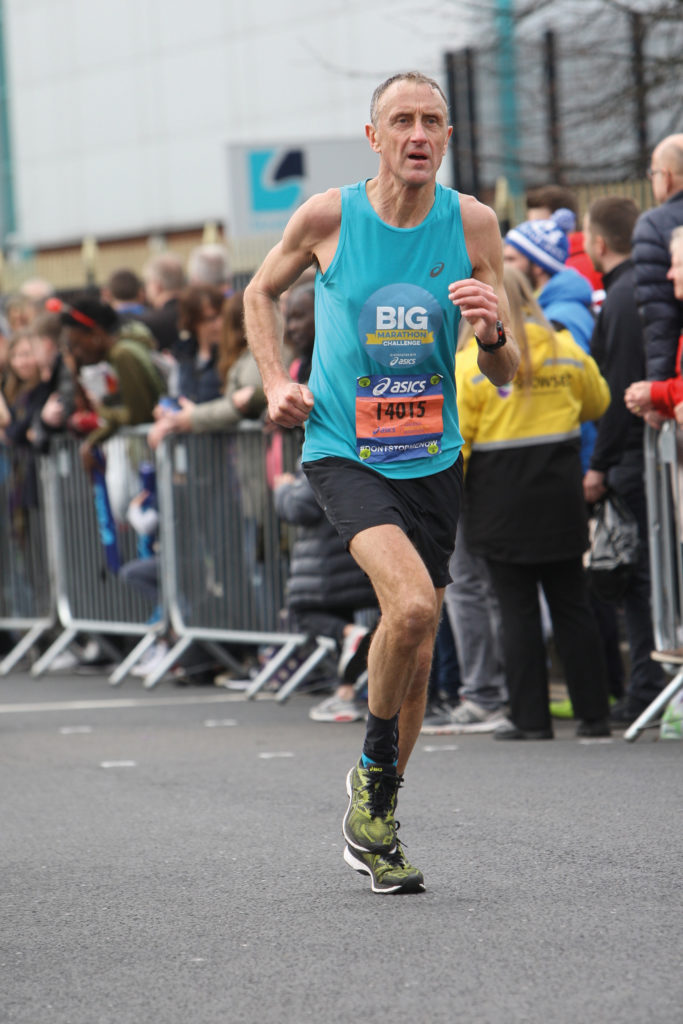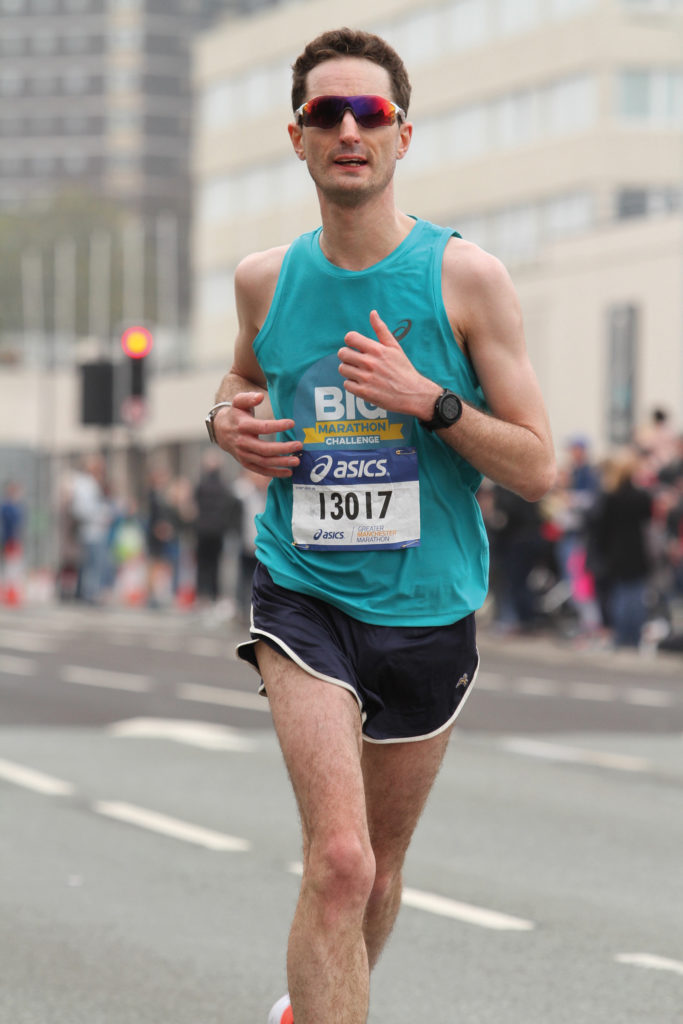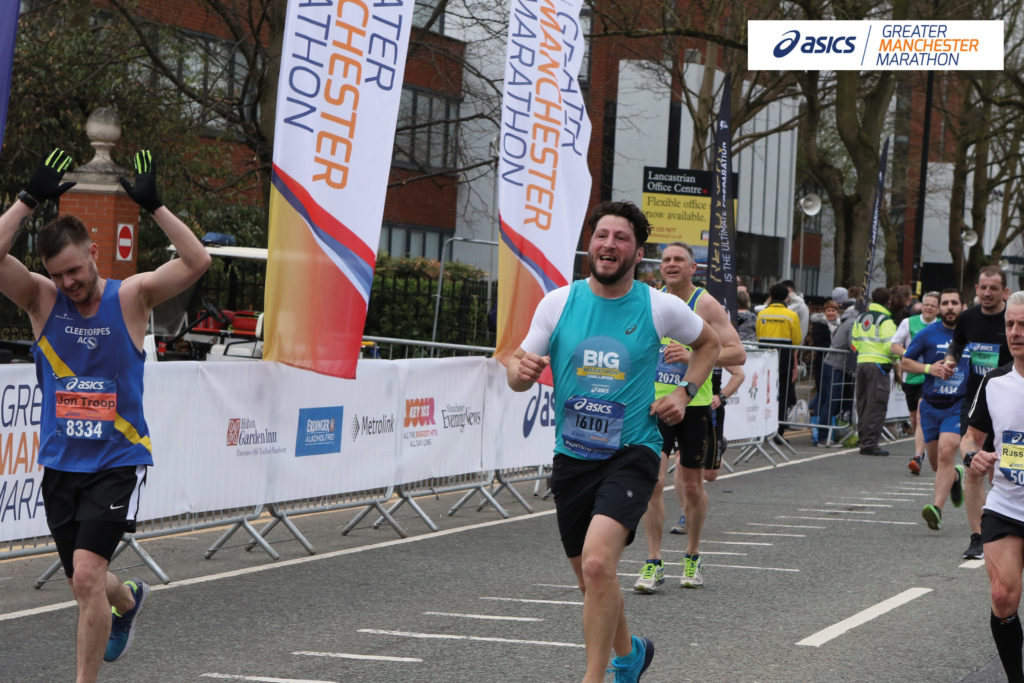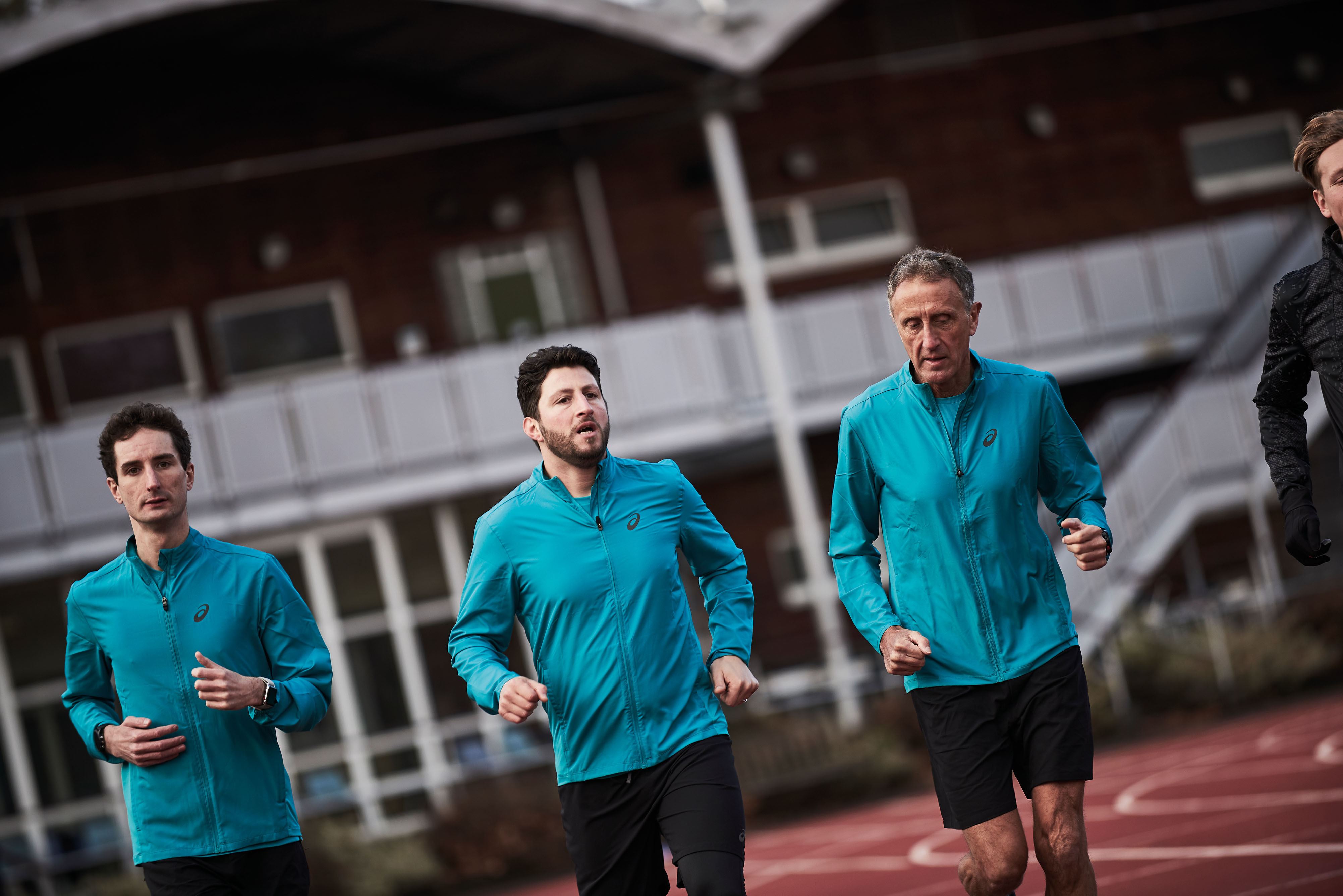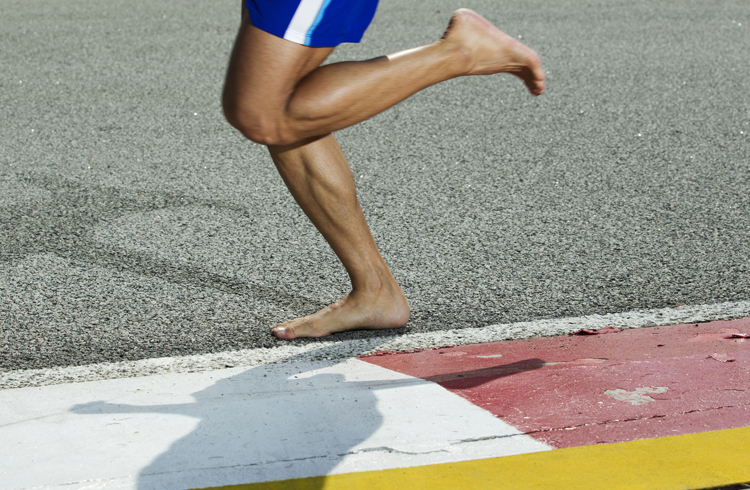
If you think about it logically, you have spent at least 2-3 decades walking and running in supportive shoes, so sprinting around the hard surfaces of your local park without them is like driving a car without suspension. In theory, minimalist running is a fantastic idea, if done properly it can help to improve biomechanics, strengthen joints and reduce injuries. There are 3 key points to remember when moving over:
1 Take your time
12-18 months is a healthy amount of time to allocate for the switch over. It will build up the strength in the ligaments and bones required to run barefoot without overloading the lower limbs. Use your regular trainers alternately with your barefoot sessions to help keep fitness while creating a solid foot.
2 Get a coach
Just because you have two legs doesn’t mean you can barefoot run properly. Seek proper advice from a running coach to manage your transition and give you the corrective drills to make your technique flawless.
3 Pain is a warning sign
If your car was bellowing smoke out of the exhaust, you would pull over and get the problem fixed. The same applies to your body! If you have overloaded the tissues, they will cause you pain. You need to rest, get the problem fixed and then correct the cause of the issues.
If you follow these rules you should have very few problems enjoying barefoot running apart from the odd splinter.
Robert Griffiths is a chiropractor and rehab therapist at ProPerformanceClinics.com


